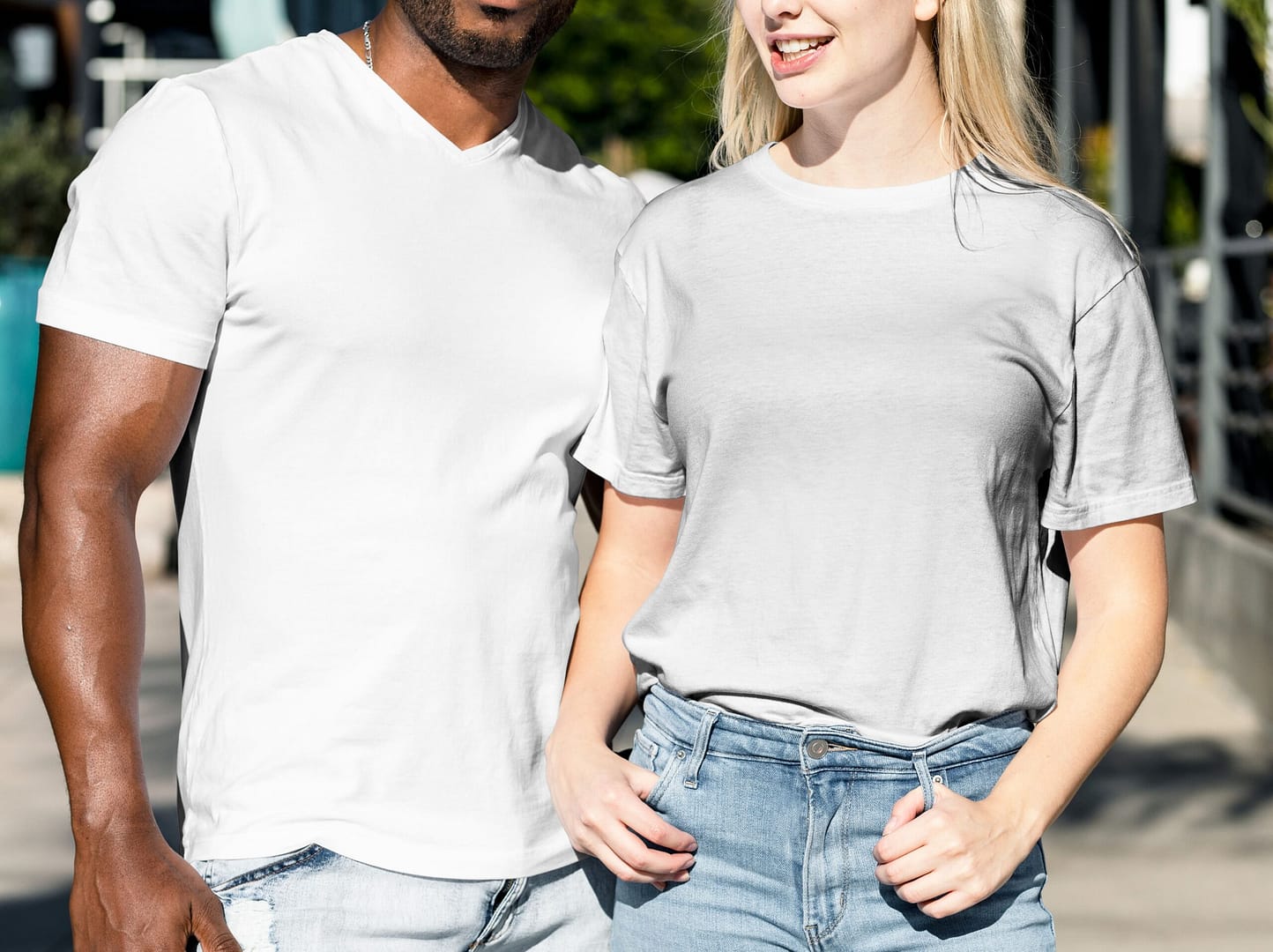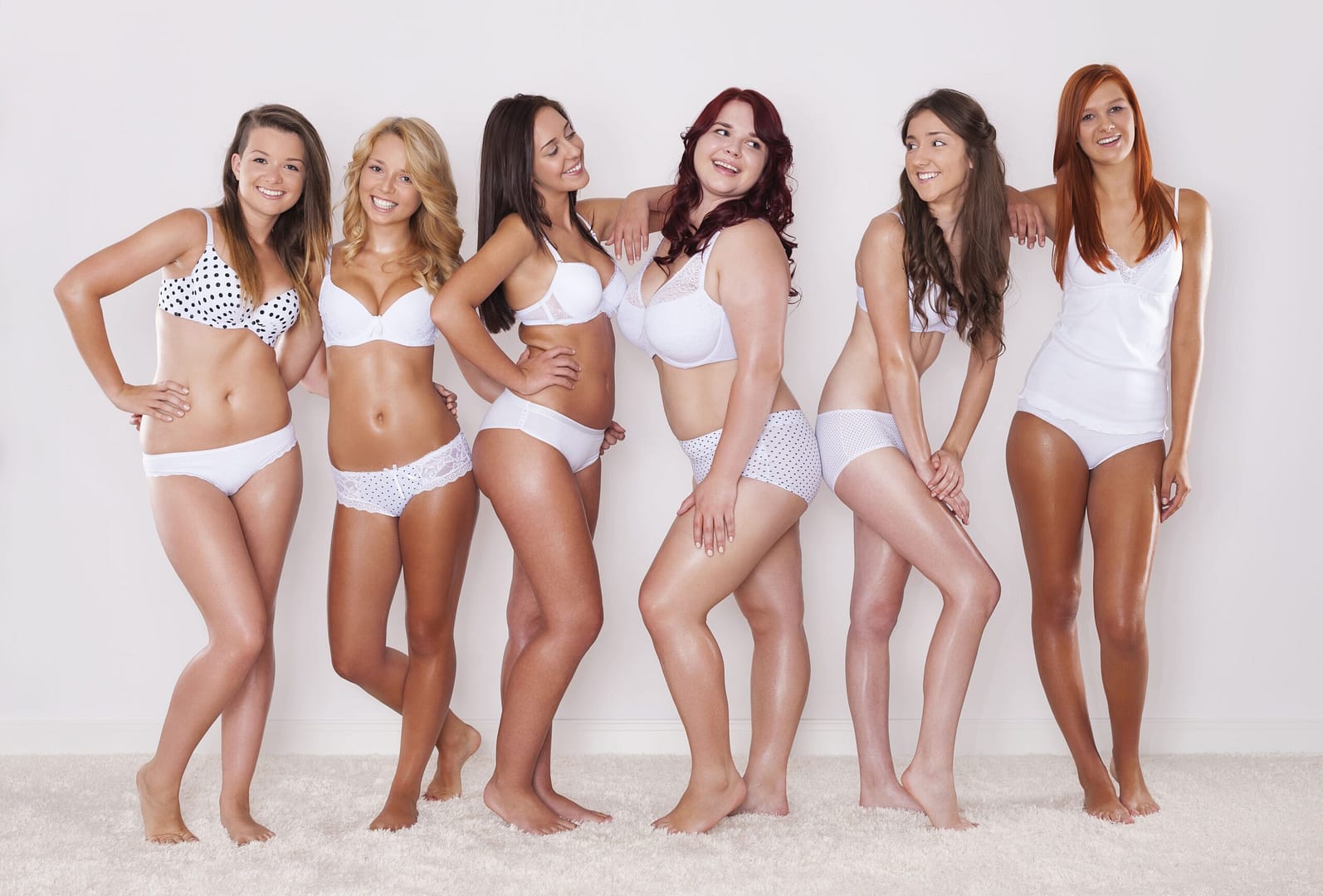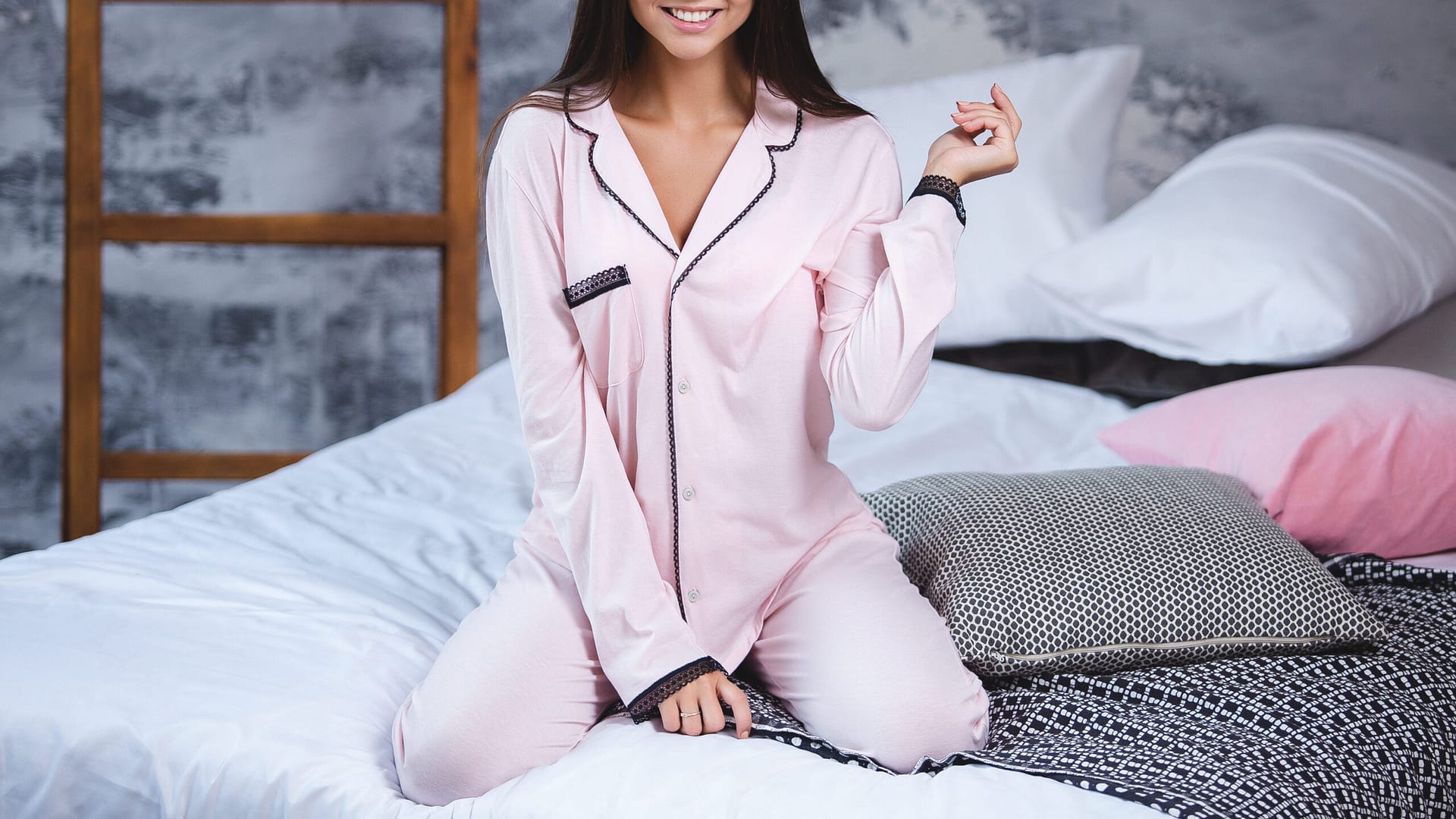The Ultimate Guide to lingerie Fabric: Top 6 Fabrics For Your Lingerie
The choice of lingerie fabric is not just a matter of aesthetics; it’s a crucial factor that determines comfort, durability, and appeal. Lingerie is more than just undergarments; it’s a personal statement, a blend of function and fashion that lies closest to our skin. From the luxurious touch of silk to the practical comfort of cotton, the fabric used in lingerie plays a pivotal role in its overall design and functionality. In this guide, we will explore the diverse range of fabrics used in lingerie, discussing their unique properties and the nuances of choosing the right fabric for different types of lingerie. This guide aims to provide you with comprehensive knowledge and insights into what goes into making these intimate pieces not just beautiful but comfortable and durable.
Understanding Lingerie Fabrics
When it comes to lingerie fabrics, the debate often centers around natural versus synthetic materials. Natural fabrics like cotton and silk are derived from plants and animals, offering unmatched comfort and breathability. They are ideal for sensitive skin, ensuring minimal irritation. On the other hand, synthetic fabrics such as polyester, nylon, and spandex, made from man-made fibers, offer durability, elasticity, and often, greater affordability. Each type of fabric brings its unique set of characteristics to lingerie design.
Key attributes to consider include:
- Breathability: Essential for maintaining skin health, natural fibers generally offer better air circulation.
- Durability: Synthetic fibers are known for their strength and long-lasting nature, making them suitable for regular wear.
- Elasticity: Critical for lingerie that needs to conform and adapt to body shapes, synthetic materials like spandex are often integrated into fabric blends.
- Comfort: Ultimately, the ‘feel’ of the fabric against the skin is paramount, and this is where personal preference plays a significant role.
Popular Lingerie Fabrics
Lingerie designers have a rich palette of fabrics to choose from, each offering its unique benefits. Let’s explore some of the most commonly used materials in lingerie:
Lace
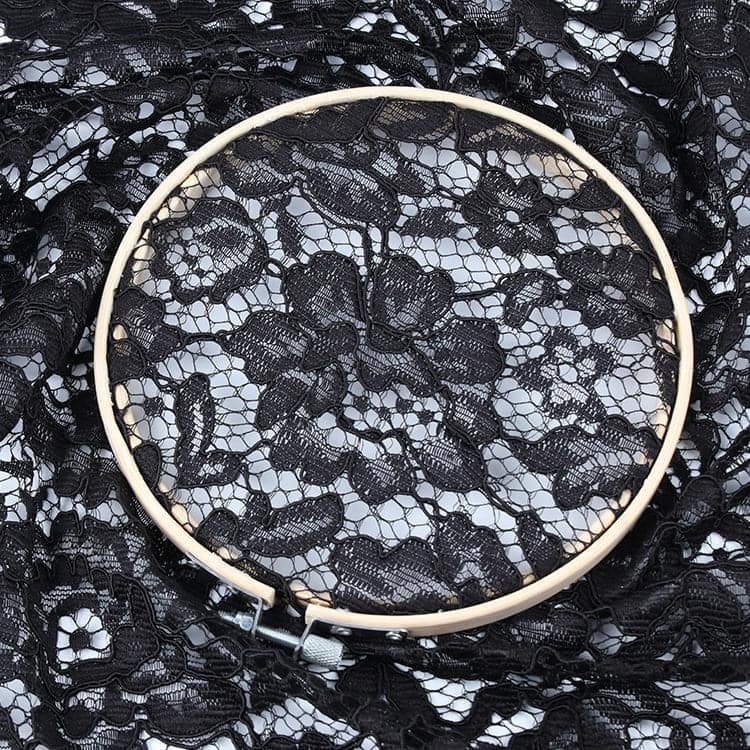
Lace is a type of fabric that is characterized by its intricate patterns and openwork design. It is often made from natural fibers such as silk, cotton, or linen, but it can also be made from synthetic fibers such as nylon or polyester.
Lace is a popular choice for lingerie because it is both beautiful and functional. It can be used to create a variety of lingerie styles, from simple everyday pieces to more elaborate eveningwear.
Here are some of the benefits of using lace for lingerie:
- Beauty: Lace is a very attractive fabric that can add a touch of glamour and sophistication to any lingerie look.
- Functionality: Lace is often breathable and comfortable, making it a good choice for everyday wear.
- Versatility: Lace can be used to create a variety of lingerie styles, from simple to elaborate.
Here are some of the most common types of lace used in lingerie:
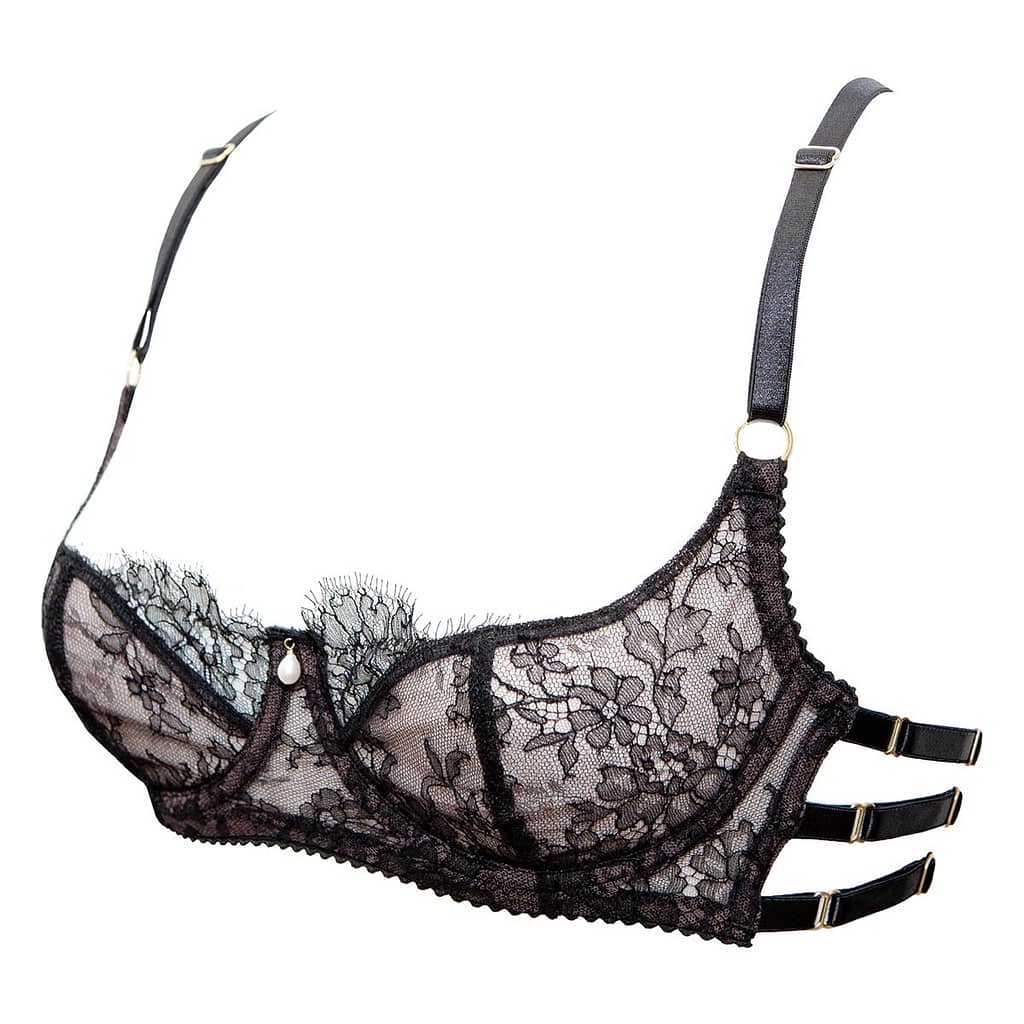
Chantilly lace: Chantilly lace is a type of French lace that is known for its delicate and intricate patterns. It is often made from silk or cotton.

Duchesse lace: Duchesse lace is a type of lace that is characterized by its smooth, satiny surface. It is often made from cotton or polyester.
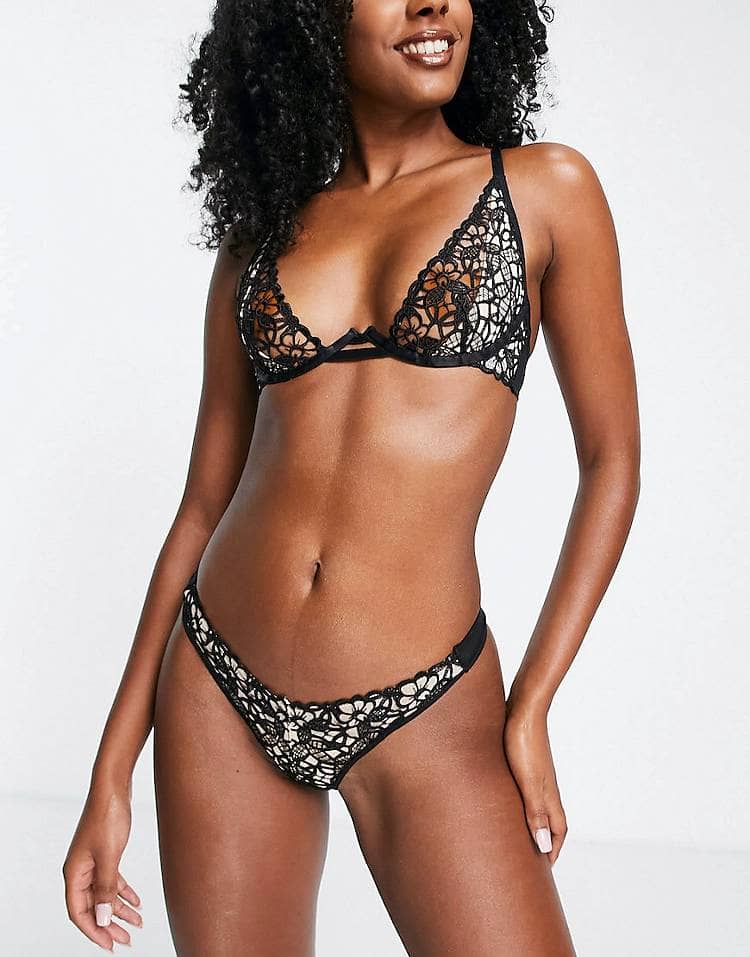
Guipure lace: Guipure lace is a type of lace that is characterized by its strong, lace-like pattern. It is often made from cotton or polyester.
Point d’esprit lace: Point d’esprit lace is a type of lace that is characterized by its small, openwork patterns. It is often made from cotton or polyester.
Silk
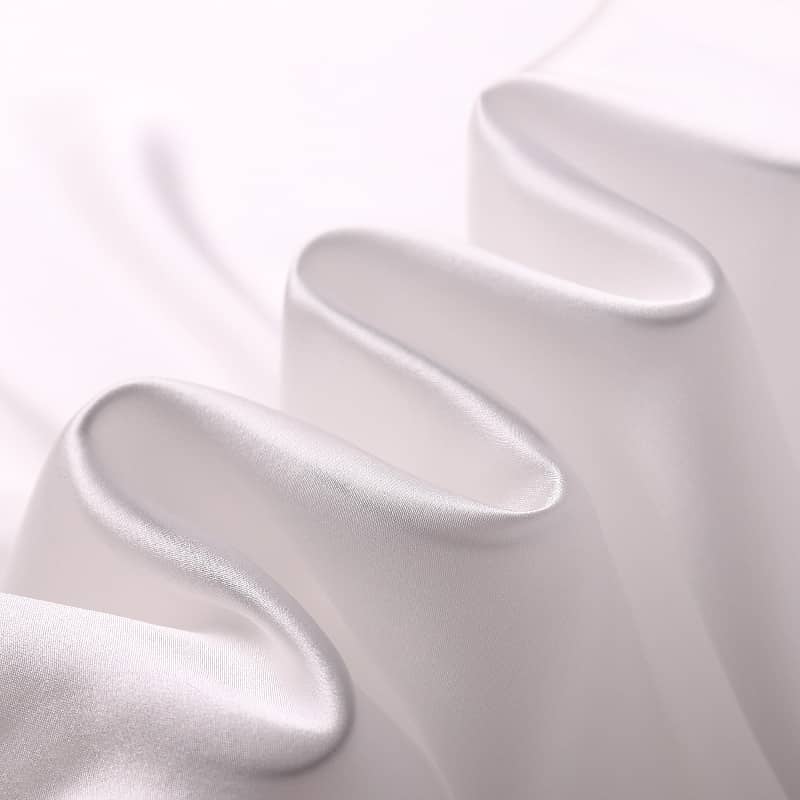
Known for its luxurious feel, silk is a natural fiber that offers both warmth and breathability. It’s a popular choice for high-end lingerie, providing a smooth, lightweight feel against the skin. Silk also has natural temperature-regulating properties, making it suitable for various climates.
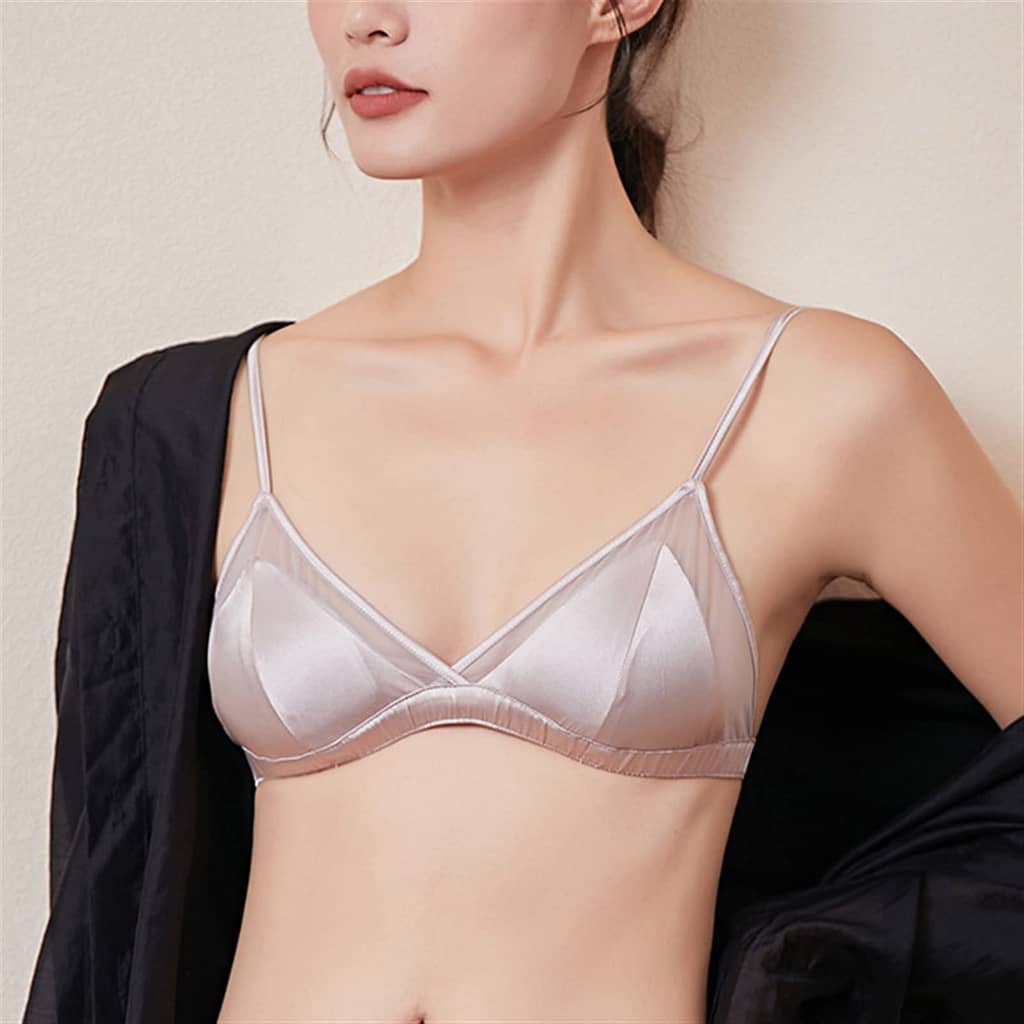
Here are some of the benefits of using silk for lingerie:
- Beauty: Silk is a very attractive fabric that can add a touch of glamour and sophistication to any lingerie look.
- Comfort: Silk is soft, smooth, and luxurious to the touch. It is also breathable and absorbent, making it a good choice for everyday wear.
- Versatility: Silk can be used to create a variety of lingerie styles, from simple to elaborate.
Mesh and Tulle
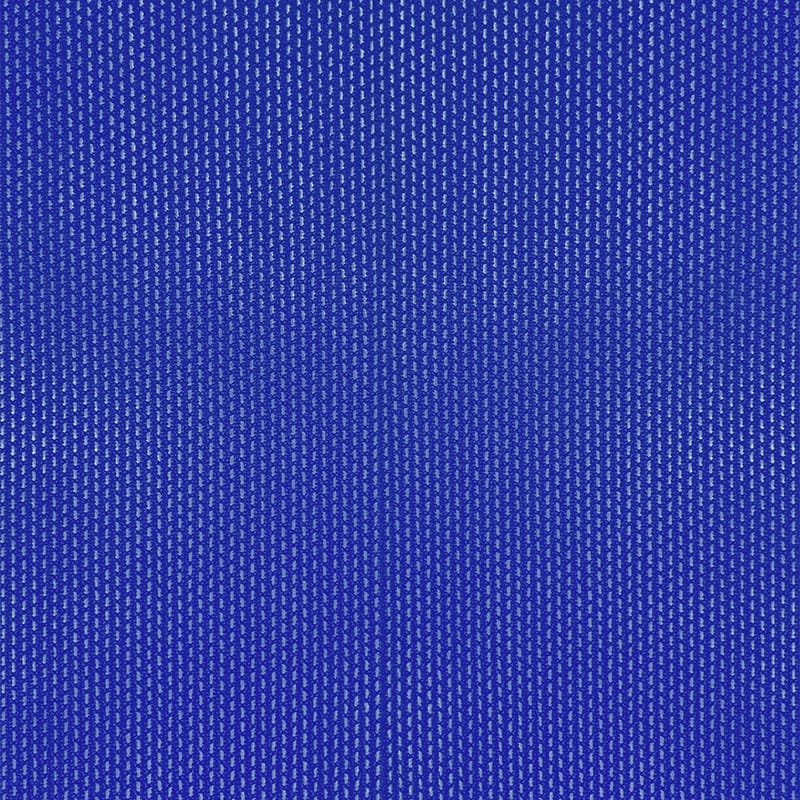
These lightweight and often sheer fabrics are used to add structure or create transparent panels in lingerie. Mesh is more durable and provides a bit of stretch, while tulle is finer and adds a delicate, ethereal quality to lingerie designs.
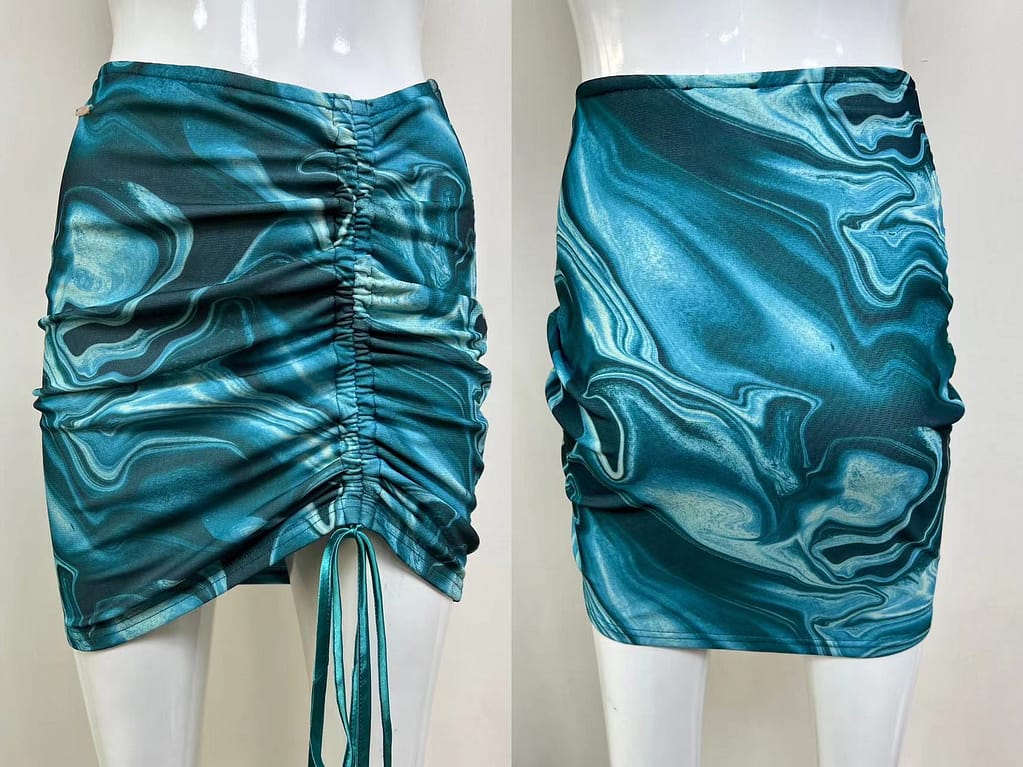
When choosing mesh for lingerie, it is important to consider the following factors:
- Style: Mesh can be used to create a variety of lingerie styles, from simple to elaborate. Consider the style of lingerie you are looking for when choosing mesh.
- Fiber: Mesh can be made from natural or synthetic fibers. Natural fibers are often more breathable and comfortable, while synthetic fibers are often more durable.
- Price: Mesh can range in price from relatively inexpensive to very expensive. Consider your budget when choosing mesh.
Cotton
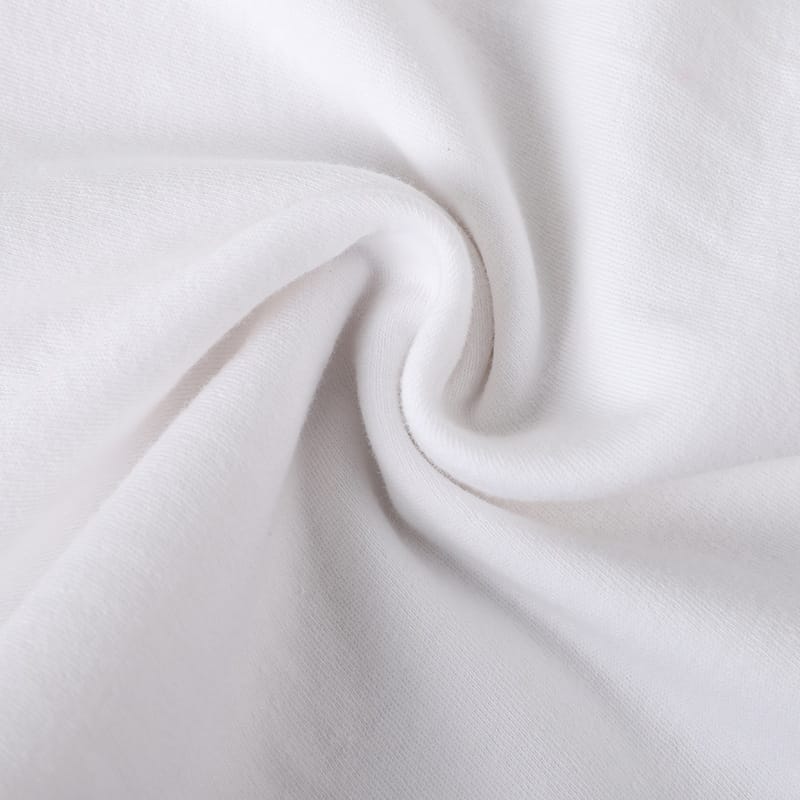
Revered for its breathability and softness, cotton is a go-to for everyday lingerie. It’s gentle on the skin, making it ideal for people with sensitive skin or allergies. Cotton lingerie is perfect for those seeking comfort and simplicity.
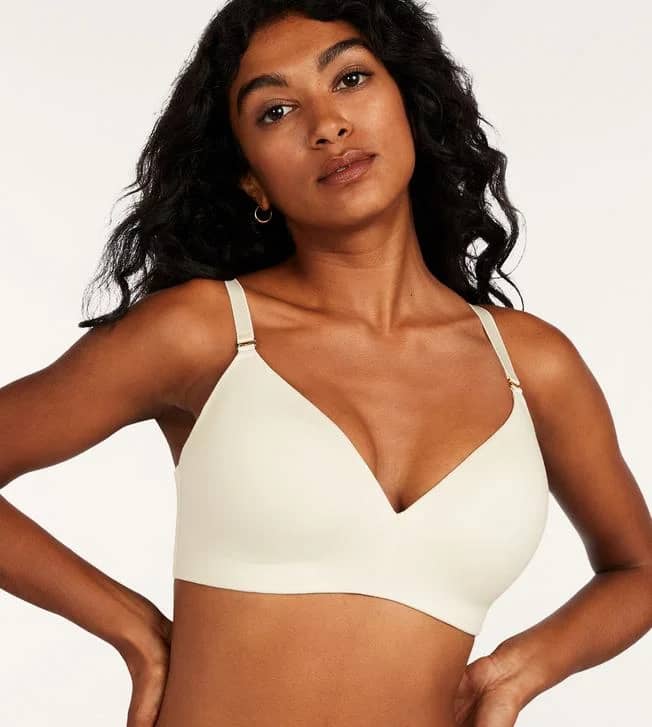
Here are some of the most common types of cotton used in lingerie:
- Organic cotton: Organic cotton is grown without the use of synthetic pesticides or fertilizers. It is a good choice for those who are concerned about the environment or their health.
- Pima cotton: Pima cotton is a type of cotton that is known for its long fibers. It is a soft and durable fabric that is often used to create high-quality lingerie.
- Supima cotton: Supima cotton is a type of Pima cotton that is grown in the United States. It is the highest quality type of cotton available and is often used to create luxury lingerie.
Modal
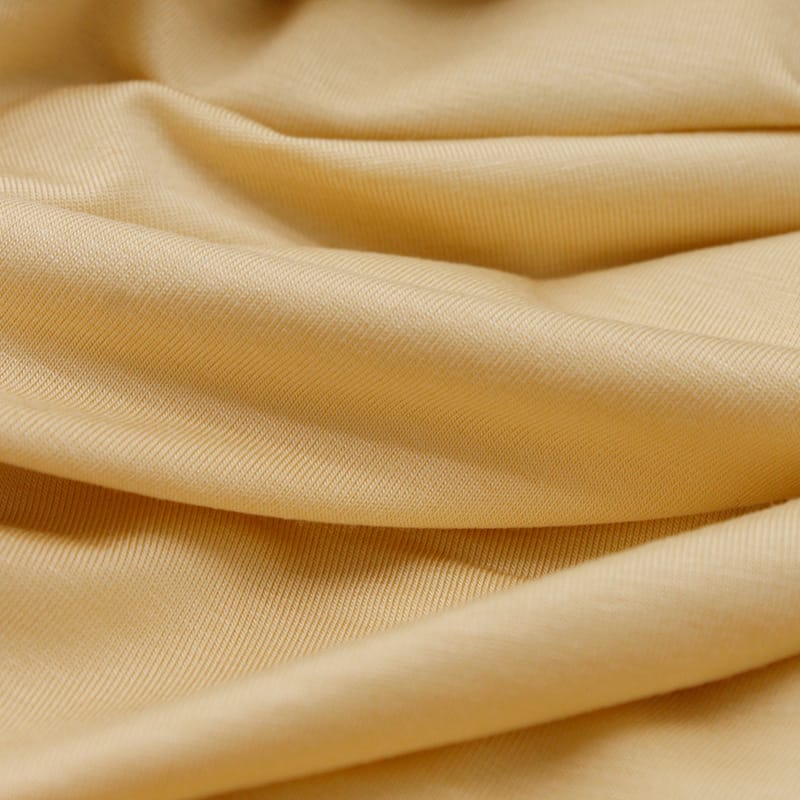
Modal is a semi-synthetic fiber that is made from beech tree pulp. It is a popular choice for lingerie fabric because it is both soft and comfortable.
Modal is a popular choice for lingerie because it has the following benefits:
- Softness: Modal is a very soft fabric that is often described as being similar to silk. It is also smooth and luxurious to the touch.
- Comfort: Modal is a breathable fabric that helps to wick away moisture and keep you cool and dry. It is also durable and wrinkle-resistant.
Lycra
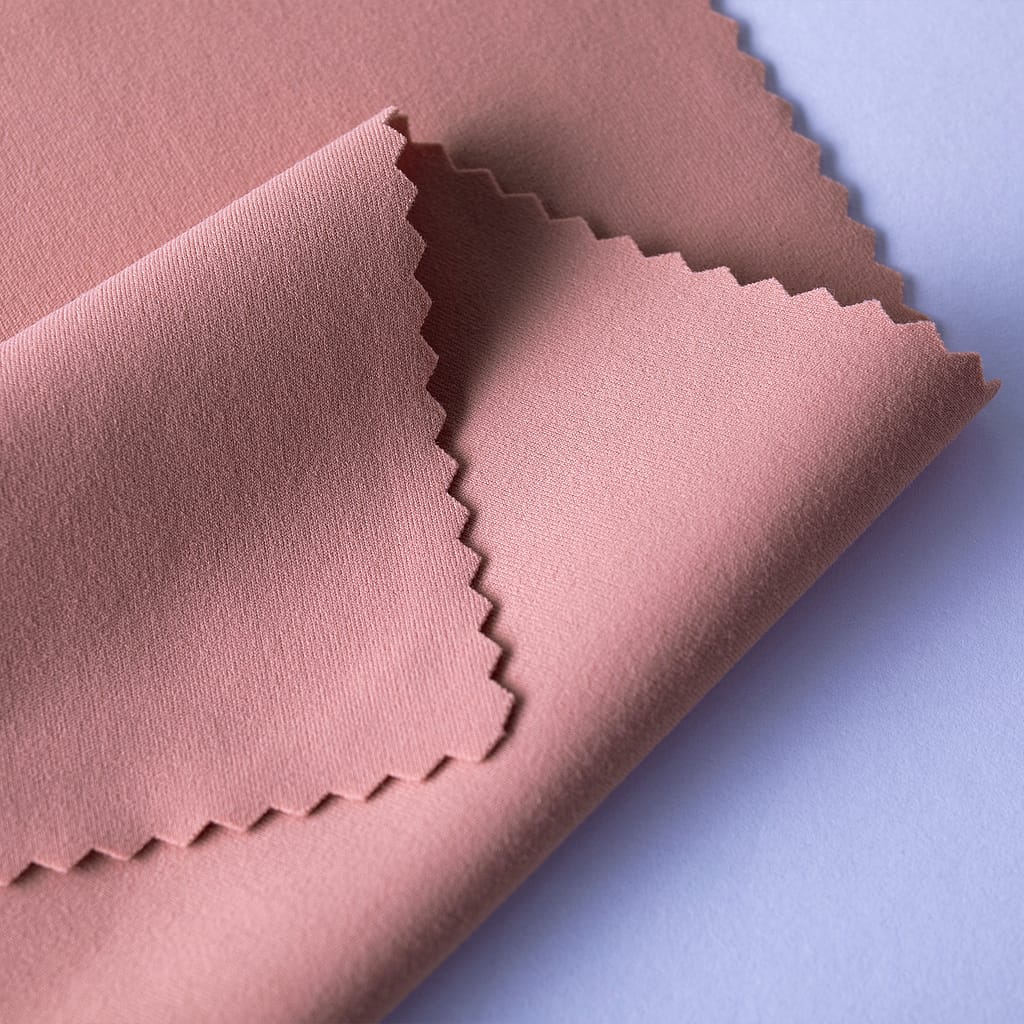
These synthetic fibers are celebrated for their exceptional elasticity. They are often blended with other fabrics to add stretch, ensuring the lingerie conforms to the body without losing its shape. Ideal for activewear and shapewear, Lycra and spandex enhance fit and comfort.
Lycra is a popular choice for lingerie because it has the following benefits:
- Elasticity: Lycra is very elastic, which allows it to stretch and recover without losing its shape. This makes it a good choice for lingerie that needs to fit snugly, such as sports bras or shaping garments.
- Durability: Lycra is a durable fabric that can withstand repeated wear and tear. This makes it a good choice for lingerie that needs to be long-lasting.
Choosing the Right Fabric for Different Lingerie Types
Selecting the appropriate fabric for various types of lingerie is crucial in ensuring both comfort and functionality. Each lingerie style serves a different purpose and, therefore, demands specific fabric qualities.
- Bras: For everyday bras, materials that offer support and comfort are essential. Cotton, for instance, is great for day-to-day wear due to its breathability. For sports bras, a blend of Lycra or spandex with other fabrics is ideal for providing the necessary stretch and support. For more luxurious or special occasion bras, silk or lace can add a touch of elegance.
- Panties: Similar to bras, comfort and breathability are key for panties. Cotton is often favored for everyday wear. For a smoother look under tight clothing, seamless panties made from microfiber or a blend of synthetic materials can be more suitable.
- Corsets and Shapewear: These items require a high degree of elasticity and support. Fabrics with a blend of nylon and spandex are commonly used as they provide the necessary stretch while maintaining the shape. Structured pieces like corsets may also incorporate more rigid fabrics layered with softer materials for comfort.
- Bridal Lingerie: Bridal lingerie often incorporates luxurious fabrics like silk and lace. The choice of fabric here is not only about comfort but also about creating a special, sophisticated look to complement the bridal attire.
Innovations in Lingerie Fabrics
The lingerie industry is constantly evolving, with new fabric technologies and trends emerging regularly. These innovations are not only about aesthetics but also about enhancing comfort, functionality, and sustainability. Let’s take a look at some of the latest advancements:
- Sustainable Lingerie Fabrics: With growing environmental awareness, the use of eco-friendly materials in lingerie is on the rise. Organic cotton, bamboo, and fabrics made from recycled materials are becoming popular for their minimal environmental impact and natural comfort.
- Temperature-Regulating Lingerie Fabrics: Materials that adapt to body temperature, such as phase-change materials (PCMs), are being incorporated into lingerie. These fabrics absorb, store, and release heat to maintain a comfortable body temperature, making the lingerie suitable for various climates and activities.
- Antimicrobial and Moisture-Wicking Lingerie Fabrics: To enhance hygiene and comfort, especially in sports lingerie, fabrics treated with antimicrobial properties or designed to wick moisture away from the body are increasingly in demand. These materials help in reducing odor and keeping the skin dry.
Conclusion
In summary, the selection and understanding of lingerie fabrics is a crucial aspect of both lingerie design and purchase. From the natural comfort of cotton and silk to the innovative functionalities of synthetic blends, each material offers unique benefits that cater to different needs and preferences. At Valtin Apparel, we recognize the importance of this knowledge for our customers and designers alike. We are committed to providing high-quality, comfortable, and stylish lingerie that meets the diverse needs of our clientele. Discover more about our lingerie collections and the fabrics we use by visiting Valtin Apparel. Our guide here is not just a resource; it’s a pathway to making informed, confident choices in lingerie that align with personal style, comfort, and health. Join us in embracing the beauty and versatility of lingerie fabrics, and experience the difference in quality and innovation that Valtin Apparel offers.



